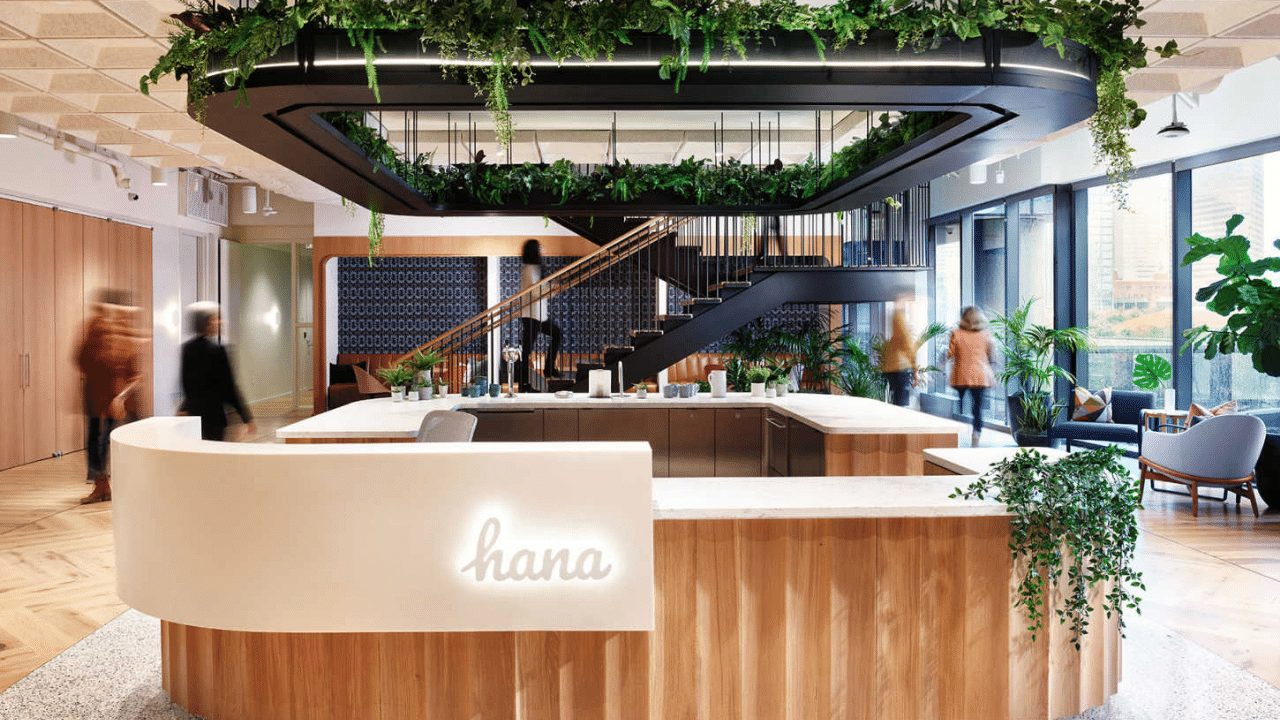During a Bisnow coworking and flexible office webinar, office sector experts discussed how there will be an increased demand for flexible workspaces in the future. However, they are split on how occupancy rates will be impacted once the pandemic has passed.
Amol Sarva, CEO of Knotel, said he believes office occupancy will float around 60% as people opt to work from home, but some disagreed.
“We’re going to see [lower occupancy rates] for sure in the short term, because we have to and health and safety necessitate that,” said Lindsay Ornstein, co-founder and partner at Transwestern New York. “But in the long term … people want to be together. I can’t wait to give my colleagues and friends a hug. People want to sit next to each other in the pantry and have a coffee and a conversation.”
Sarva pointed out that, while not all changes after a crisis have stuck in the long-term, many have and pointed to the fact that people still take off their shoes at airport security decades after 9/11.
Although there were some disagreements on the impact the pandemic will have on the workplace, everyone agreed that the demand for coworking and flexible offices will grow, but will likely be contingent upon design changes.
Katherine Huh, PwC Advisory Real Estate Director, said that smaller office spaces with high density will be a thing of the past. She added PwC is looking at a combination of workspace solutions, including traditional office space, flexible office space, and remote working arrangements.

 Dr. Gleb Tsipursky – The Office Whisperer
Dr. Gleb Tsipursky – The Office Whisperer Nirit Cohen – WorkFutures
Nirit Cohen – WorkFutures Angela Howard – Culture Expert
Angela Howard – Culture Expert Drew Jones – Design & Innovation
Drew Jones – Design & Innovation Jonathan Price – CRE & Flex Expert
Jonathan Price – CRE & Flex Expert










